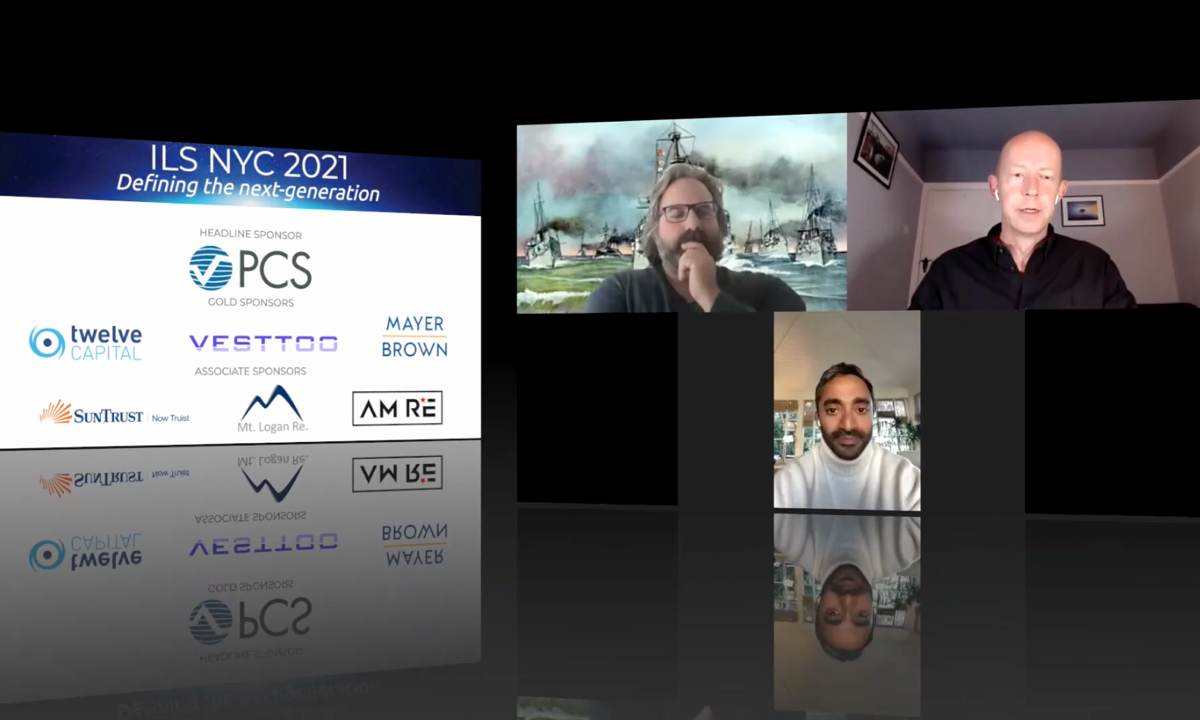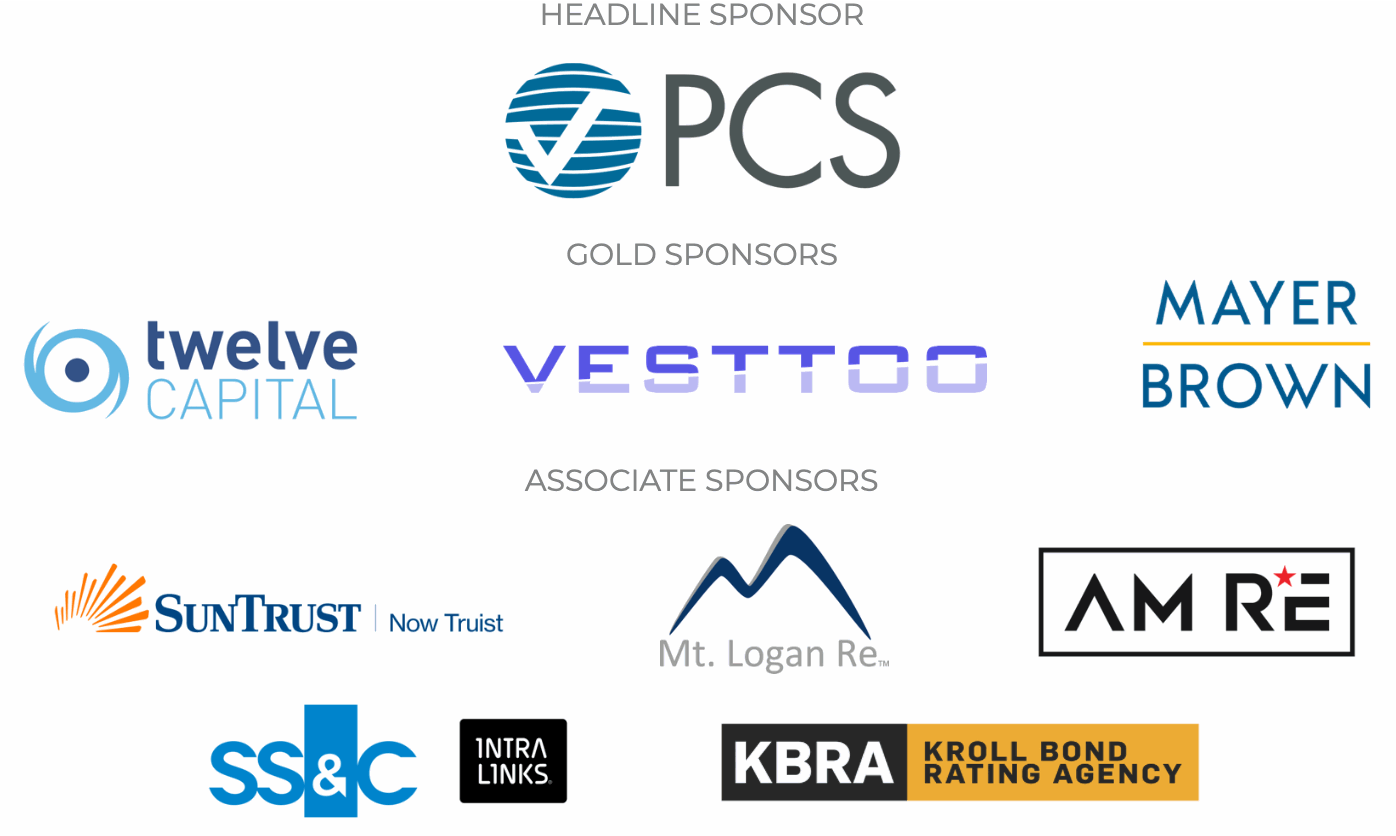The arrival of the global pandemic shone a light on the fragility of the infrastructure that supports small and medium sized enterprises (SMEs) across the world, but with the use of artificial intelligence (AI) and machine learning, there’s an opportunity waiting to be unlocked, according to OTT Risk’s Chamath Palihapitiya.
 Soon after the initial shock of the ongoing Covid-19 pandemic back in March of last year, the non-damage business interruption (NDBI) protection gap became abundantly clear and in its own right, an extremely costly, damaging and challenging issue.
Soon after the initial shock of the ongoing Covid-19 pandemic back in March of last year, the non-damage business interruption (NDBI) protection gap became abundantly clear and in its own right, an extremely costly, damaging and challenging issue.
Against this backdrop, Artemis ILS NYC 2021 closed with an insightful and thought-provoking interview with the founders of start-up OTT Risk, David Soloff and Chamath Palihapitiya.
OTT Risk aims to fill business interruption coverage gaps via the use of advanced technology such as machine learning and by leveraging the insurance-linked securities (ILS) asset class to connect risk with capital.
Chamath Palihapitiya, a well-known and high-profile tech investor who looks in on insurance, reinsurance and ILS from his much broader world of ventures, explained to the audience why the business interruption problem is one worth spending time on.
“The first is actually from a moral perspective and ethical perspective, which is that, if anything, during this pandemic, we’ve seen how precarious and how fragile the infrastructure is that support small and medium enterprises.
“In fact, all of the mechanisms that the United States government has deployed in order to try to save and give some stopgaps, financial support to folks that have been affected by the pandemic, have not been very successful,” he explained.
Adding, “And, then, the downstream impact of that is that I actually think it frays communities. Because when you don’t have this essential cartilage of small and medium enterprises, what you really lose is the fabric that keeps cities and towns operational and functional.”
Ultimately, he continued, there needs to be a way for these entities to obtain a more secure way of reliably knowing that in the future, no matter what happens, there is at least some downside protection they have brought and can call upon.
As we’ve discussed on Artemis and as reported widely around the world, the NDBI issue has resulted in numerous legal cases. To date, rulings have favoured both insurers and insureds but with many cases ongoing and many more expected to emerge, it seems the tail of the pandemic has the potential to be fairly long.
Furthermore, noted Palihapitiya, the world is slowly starting to realise that the next 10 or 15 years are going to be incredibly complicated from a quantitative perspective, which has the potential to exacerbate the business interruption and NBDI issue.
“Imagine you’re a business that is subject to disinformation, and imagine that all kinds of things are written about you from the context of industrial espionage, or from a disgruntled employee, and all of a sudden it triggers all kinds of issues for you. Whether it’s customer rejection, customer re-evaluation, churn, protests, who knows. What do you do? How do you protect yourself? How can you find mechanisms to make sure that your business isn’t interrupted or to the extent that it is, you’re protected?
“A different example. If you believe now that climate change regulation is going to only escalate in its severity, which I think it will, I think the terminal endpoint of all of that is going to be carbon taxation. Now, imagine that every single company has to deploy sensors and imagine that those sensors get hacked, so that there’s a cybersecurity threat to you, and all of a sudden your carbon footprint is 10 times larger than you thought it was because of some malfeasance. What do you do?” said Palihapitiya.
Of course, these are just two examples of how business complexity for organisations has the potential to intensify in the years ahead, creating dislocations and insurance as well as reinsurance coverage gaps for exposures that, in some instances, might not even exist yet.
OTT Risk will look to identify entirely new categories of risk transfer and plans to do this by leveraging the latest tech, alongside vast quantities of data, then enabling the risk to be quantified, priced and ultimately transferred to the capital markets using insurance-linked securities (ILS).
Soloff, who has a track record with companies supplying data analytics services to insurance and reinsurance markets, offered some thoughts on the thesis behind using artificial intelligence (AI) and machine learning to make more sense of data.
“There’s a massive, massive amount of public domain, publicly accessible information of all forms, structured and unstructured, textual and quantitative, image based and the like. And, in many of those sources, there has not really been a systematic effort placed on evaluating what these pieces of information tell us about risk.
“You’ve got it now that’s it’s endemic to some of the online platforms where they police themselves. And, so, you’ve got the beginnings of this and that’s really out of existential and business necessity. The financial markets obviously have quite a history of synthesising benchmarks for both betting, forecasting, hedging, and the like, but no one has really done this, with the exception of the climate markets, in the insurance space,” said Soloff.
Adding, “No one had really thought about using new approaches and new sources of data to forecast, or to help individuals risk manage. A cool idea intellectually, but not very practical from a business perspective. And then you have a pandemic. And all of a sudden, what you see is, while there’s been a massive amount of focus on the initial displacing event, the thing that causes everyone to sit up and say oh my goodness, what has really happened is more of a slow moving economic catastrophe at the mid and long tail.
“And, as Chamath mentioned, it is disproportionately impacting the people who can least afford the insurance, and most need it.”
The session, which was broadcast first to event registrants on Thursday 11th Feb, can now be viewed below:
Every session from ILS NYC will be made available more broadly via our Artemis Live video channel and audio versions will also be shared via our podcast as well.
 View all of our Artemis Live video interviews and subscribe to our podcast.
View all of our Artemis Live video interviews and subscribe to our podcast.
All of our Artemis Live insurance-linked securities (ILS), catastrophe bonds and reinsurance video content and video interviews can be accessed online.
Our Artemis Live podcast can be subscribed to using the typical podcast services providers, including Apple, Google, Spotify and more.
































